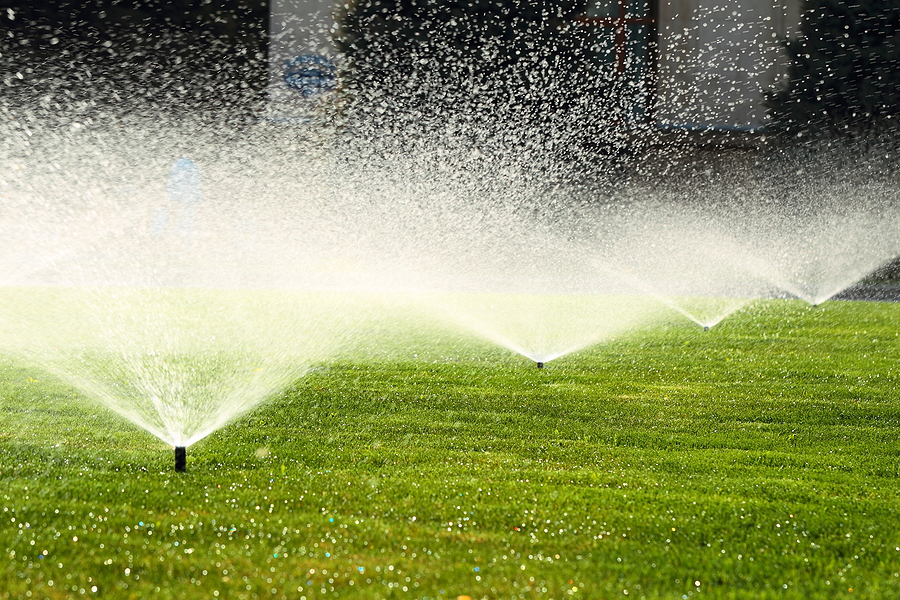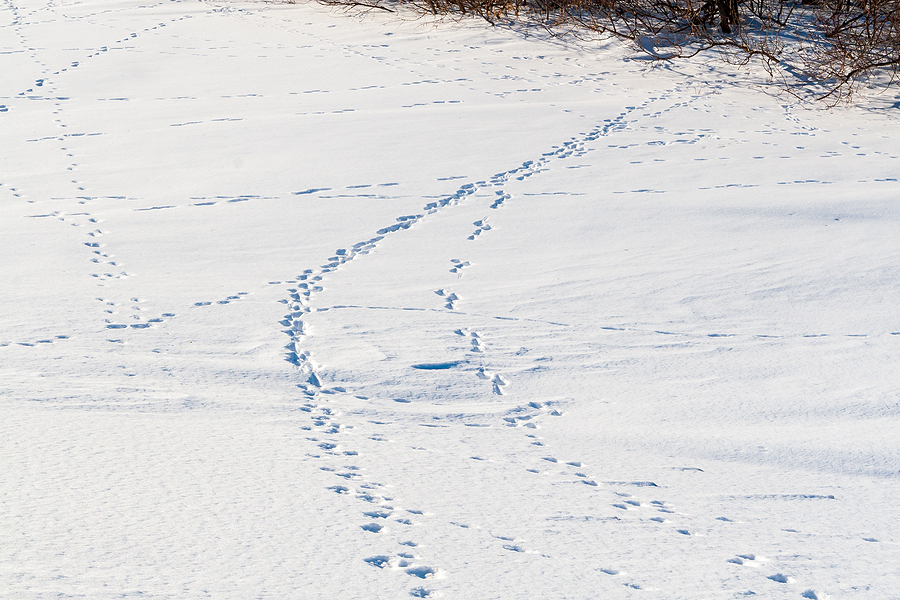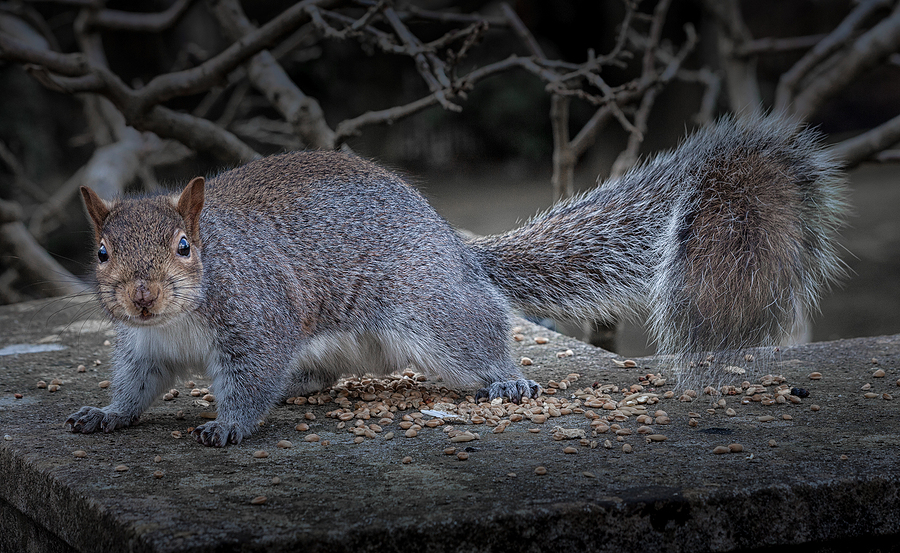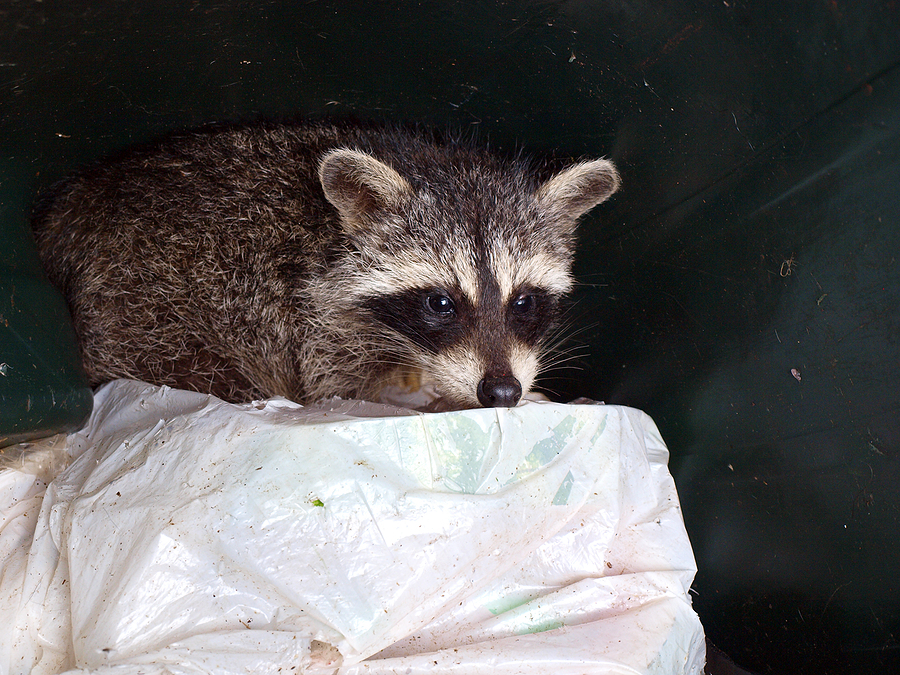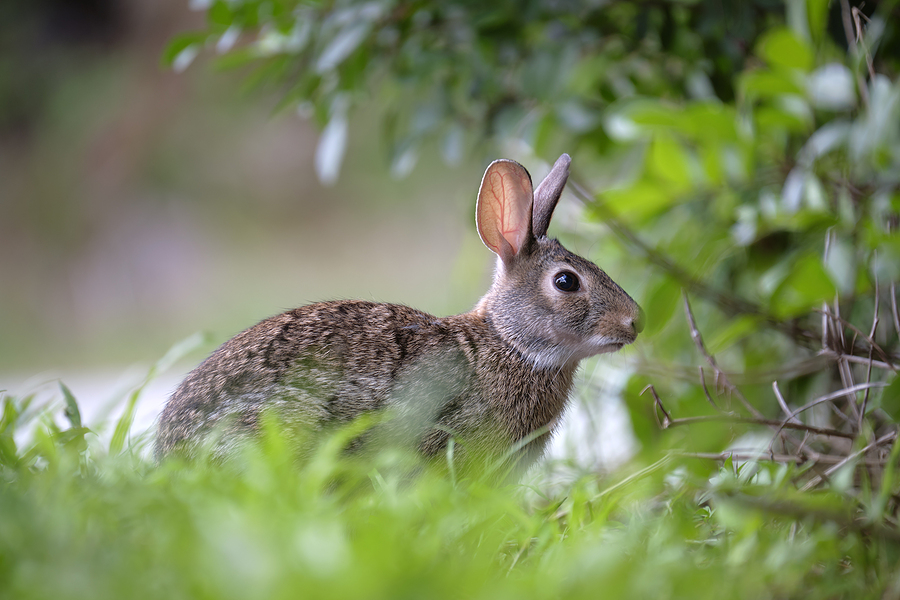Are mysterious tunnels and unsightly mounds wreaking havoc on your lawn or garden? You’re likely dealing with either moles or voles. Although often mistaken for one another, these underground critters have distinct differences that affect how they should be managed. By understanding their physical traits, habits, and how they damage your property, you can take the right steps to eliminate the problem effectively.
This guide will help you identify whether you’re dealing with yard moles or voles, understand the damage they cause, and explore prevention and wildlife control strategies designed specifically for the Midwest. Protect your garden, lawn, and peace of mind with these tips.

The Difference Between Moles and Voles
Physical Characteristics
The first step in addressing your pest problem is correctly identifying whether you’re dealing with moles or voles. They may both wreak havoc underground, but they look quite different.
Moles
Moles are small mammals with a cone-shaped body and velvety fur. They have broad, powerful front paws tipped with sharp claws, perfectly designed for digging. Their tiny eyes are mostly hidden, and their elongated snout allows them to detect their favorite food sources underground. Moles generally range from 4 to 7 inches in length.
Key Features of Moles:
- Cone-shaped body with velvety gray or brown fur
- Small, almost invisible eyes
- Large, clawed front paws for digging
- Long, pointed snouts
Voles
Voles, often referred to as field mice, are rodents with stocky bodies, small rounded ears, and short tails. They resemble typical mice but have shorter, less prominent ears and a blunter snout. Voles grow to about 3 to 5 inches in length and are often covered in brown or gray fur. They look like wild hamsters!
Key Features of Voles:
- Stocky, mouse-like appearance
- Round ears and short tails
- Blunter snout
- Usually brown or gray coat
Habitat and Behavior
Moles
Moles live underground, creating intricate tunnel systems to hunt insects and worms. They are solitary creatures, meaning you’ll typically find only one mole per tunnel system. Their need for protein keeps them busy digging, which inadvertently aerates your soil.
Moles prefer:
- Loose, moist soil packed with worms and insects
- Underground tunnels for hunting and resting
- Gardens and lawns with soft dirt for easy digging
Voles
Voles are herbivores, feeding on roots, grasses, bark, seeds, and vegetables. Unlike moles, voles are social animals and live in colonies. They create surface runways and shallow tunnels, causing widespread damage to vegetation.
Voles prefer:
- Overgrown gardens, tall grasses, and leaf litter
- Access to roots, bark, and vegetable plants
- Shallow tunnels and surface pathways
Learn More About Yard Mole Removal
Damage They Cause
Recognizing the signs of mole or vole damage is key to addressing the problem effectively.
Moles
Moles are often unjustly blamed for plant destruction, but they actually feed on insects, not roots. However, their tunneling can cause secondary damage by uprooting plants and creating tripping hazards. Their signature above-ground ridges make it easy to identify mole activity.
Mole Damage Includes:
- Raised tunnels and ridges across the lawn
- Dirt mounds where tunnels start
- Uprooted plants due to disrupted soil
Voles
Voles, on the other hand, directly damage plants by feeding on roots, bulbs, and bark. Their surface runways are visible as grooves in the soil or grass, and they can decimate gardens in a short period.
Vole Damage Includes:
- Chewed roots, bulbs, and bark
- Runways or grooves in grass and soil
- Damage to trees and shrubs at the base
Prevention and Control
When dealing with moles and voles, prevention is always better than reactive animal removal. Here’s how to protect your lawn and garden from these pesky visitors.
For Moles
- Natural Predators: Encourage owls, hawks, and outdoor cats to reduce mole populations naturally.
- Physical Barriers: Install underground fencing around gardens to limit mole access.
- Mole Repellent: Apply castor oil-based repellents to deter moles. These are Eco-friendly and safe for your garden.
- Trapping: Use specialized mole traps strategically placed in active tunnels. Ensure traps are set according to local regulations.
For Voles
- Habitat Management: Clear overgrown vegetation and leaf litter to reduce vole hiding spots.
- Protective Guards: Use tree guards or wire mesh to protect vulnerable plants and trees.
- Trapping: Use vole traps baited with apple slices or peanut butter to catch voles effectively.
- Rodenticides: Use rodenticides sparingly and as a last resort, following safety guidelines to protect non-target animals.
Integrated Approaches
Sometimes, the best solution is a combination of methods tailored to your unique situation.
- Professional Wildlife Control: Consult experts who assess ecological impacts and provide environmentally conscious solutions.
- Regular Monitoring: Check your property consistently for mole and vole activity to catch problems early.
- Cultural Practices: Maintain a healthy lawn through proper watering, mowing, and fertilization to make your yard less attractive to pests.
FAQs About Getting Rid of Yard Moles
Q: How do I know if there are moles in my yard?
There are a few signs that can indicate the presence of moles in your yard. These include visible tunnels or raised ridges on the surface of your lawn, freshly dug mounds of dirt, and dying or wilting vegetation.
Q: Why should I get rid of moles in my yard?
Moles can cause significant damage to your lawn and garden by tunneling and creating unsightly mounds of dirt. They also eat earthworms and other beneficial organisms that help maintain healthy soil, which can lead to further problems with plant growth.
Q: Can I use home remedies to get rid of moles?
While there are many home remedies suggested for getting rid of moles, they are often ineffective and may even harm the environment. It is best to consult a professional pest control service for safe and effective removal methods.
Q: How can I prevent moles from coming back?
Moles are attracted to areas with abundant food sources, such as grubs and earthworms. To prevent their return, you can eliminate these food sources by using organic pest controls or adjusting your lawn care practices, such as aerating and watering less frequently.
Additionally, you can also make your yard less appealing to moles by keeping it well-maintained and free of clutter, as moles prefer to make their homes in messy and unkempt areas. Installing physical barriers, such as underground fencing or mesh wire, can also deter moles from burrowing into your yard.
Regularly inspecting and repairing any holes or openings in your yard can also prevent moles from making a home on your property. If you continue to see mole activity despite these measures, contacting a professional animal removal service may be necessary for more advanced removal methods.
CONCLUSION
Protecting your yard from moles requires a combination of preventative measures, consistent maintenance, and patience. By understanding the habits and preferences of these pests, you can implement effective strategies to reduce their presence and minimize damage to your lawn.
Remember, maintaining a clean and well-manicured yard not only deters moles but also enhances the health and appearance of your outdoor space. If the problem persists, don’t hesitate to seek professional guidance to ensure your yard remains a place of beauty and enjoyment. Taking action today can save you from long-term frustration and restore peace to your property.
If you’re dealing with a mole or vole problem in the Midwest, don’t wait for the damage to worsen. Contact Budget Animal Removal for a tailored, Eco-friendly yard mole control in Indianapolis. We do not remove voles—contact rodent control for vole removal.
Related Post: Mole-Free Lawns: A Homeowner’s Guide to Exterminating Yard Moles


